Combine the historical beauty of Rome with a road trip into the hilltop towns of Umbria, says Sarah Marshall.
There’s a lot to gush about in one of the world’s greatest cities – quite literally so on a searingly hot day in July.
I’m stood in a queue, waiting my turn at one of Rome’s 2,500 fountains. Cyclists stop to splash their faces, locals refill their water bottles hurriedly between meetings, and tourists dazed by the Mediterranean sun dunk their heads below cool, running taps.
PICTURED ABOVE: Umbrian town Todi | Alamy/PA
Drinking fountain in Rome | Alamy/PA
From opulent showstoppers to more pragmatic stone constructions, free-flowing water from these fontanelle has been quenching thirsts for thousands of years. So cherished by locals, there’s even an app mapping out their locations, and these nasoni (nicknamed after their big nose spouts) were only once tuned off once during a severe drought in 2017.
Both my partner and I have Italian roots – he was born and bred in Sardinia, while my mother spent her childhood in Naples. Every year, we try to visit the country, exploring new areas and appreciating old favourites. This time, we’ve decided to combine town and country by twinning a city break in Rome with a tour of Umbria’s hilltop towns, covering 140km of road and 1,300 years of the past.
No matter how many times you visit Italy’s capital, there’s always something new to discover. Earlier this summer, a new walkway in Largo Argentina square opened up, giving the public access to the spot where Julius Caesar met his bloody end.
Hotel Forum in Romely | Citalia/PA
Keen to squeeze several key sites into 24 hours, we book a night at the centrally located Hotel Forum. Decorated with tarnished mirrors, worn velvet armchairs and antique Persian rugs, the 18th century building exudes a faded grandeur. A likely setting for an Agatha Christie novel, it has a charm lost by so many of the city’s modern five-star hotels.
But beyond the nostalgic interiors and old school glamour, its biggest selling point is the location: overlooking the ancient plaza where triumphant processions passed between colonnaded temples and decisions impacting the empire were made. Incidentally, amongst the ruins, lies the city’s oldest fountain Lacus Juturnae (Pool of Juturna) built in the second century BC.
Colosseum in Rome | Sarah Marshall/PA
Despite the throngs of tourists obediently following guides holding aloft flags, it takes us less than ten minutes to reach the Colosseum. Too hot and bothered to join the snaking queues for tours, we settle for a walk around the exterior instead. Only weeks earlier, a British man was caught defacing the 2,000-year-old monument with graffiti. In his defence, he argued he was unaware the building was so old – which I’d say is arguably a greater criminal offence.
Trevi fountain in Rome | Alamy/PA
Across town, the Trevi Fountain looks as bright and gleaming as architect Nicola Salvi intended. Any tourists daring to bathe below the Titan’s shell-shaped chariot face fierce punishment, although that doesn’t stop sweaty, tired travellers dipping their hands in the cooling pool.
Rome’s extraordinary art and architecture make it possible to forget about the crowds in peak season. But it’s nonetheless a relief to escape the masses by retreating to one of the city’s rooftop bars. From the new top floor terrace of the iconic Hassler hotel, above the Spanish Steps, we share a bottle of sparkling Ferrari wine with a view of St Paul’s – watching starlings circle the seven hills.
The following day, we exit the city via the Grande Raccordo Anulare (Great Ring Junction) which forms a loop around the outskirts. Admittedly, driving in Italy does at times require nerves of steel. But once we’re past the dual carriageways and beeping horns, the pace relaxes to a point where there’s even time to gaze up at the surroundings.
Multiple signs advertise hot spring ‘terme’ in rural areas of Lazio, but our mission is to reach the medieval hilltop towns of Umbria, tracing the path of the Tiber river. Very soon they appear, tightly clustered around hilltops, often with castle turrets, numerous churches and a clock tower in the centre.
Part of the Perugia province, the high-rise town of Todi perches on the crest of an emerald wave. Honey-hued stone buildings huddle together, connected by sloping streets, stairwells and a funicular. Once voted the best place to live in Italy, it’s clean, quiet and enviably stress free. Empty buildings are advertised for sale in the window of estate agents, clearly aimed at wealthy foreigners – although an Italian couple were responsible for restoring one of the area’s finest manor houses.
Tenuta di Canonica hotel | Citalia/PA
When we arrive at Tenuta di Canonica, the door to the medieval lookout tower is unlocked, but nobody appears to be inside. Following several attempts, a voice from nowhere responds to my calls. But only after poking my head into rooms filled with a grand piano, a well-loved billiards table and antique wooden furnishings topped with family photos, do I realise the greeting has been made by a parrot named Mozart. Capable of mimicking phone rings, human voices and even the cat, his symphony of sounds is impressive.
Our room is in the well-tended gardens, where guests relax next to a pool during the day and dine on a tapas menu of regional cuisine on a veranda at night. We head out along country lanes, crossing the Tiber, for a meal at local trattoria Cibocchi. Paying less than €10/£8 for half a litre of red wine and a pizza so large its crust hangs over the edge of my dinner plate, is a reminder you don’t have to spend big to eat reasonably well in Italy.
Aside from Todi, there are dozens of tiny towns to explore. Assisi, the birthplace of St Francis, may be the most famous – but every place has a story to tell. At Monte Castello di Vibio, I hope to catch a glimpse of the 18th century Concordia theatre. With only 99 seats, it’s purported to be the smallest in the world.
Sadly, it’s under renovation and has been closed for several years. When I ask an attendant dozing off behind the counter of the tiny information office when it might reopen, she shrugs her shoulders.
In some ways, perhaps Italy’s past has been protected by a lack of urgency to move into the future. Frustrating yes, but like the waters perpetually flowing in the Eternal City, the approach is refreshing. Coping with the enormous responsibility of so much history is – after all – exhausting, even more so in the Mediterranean sun.
How to plan your trip
Citalia offers a three night B&B trip to the Hotel Forum in Rome and Tenuta di Canonica in Umbria from £2,115 for two adults. Includes return flight and car hire. Price is based on October 8, 2023 departure.
Words by Sarah Marshall, PA
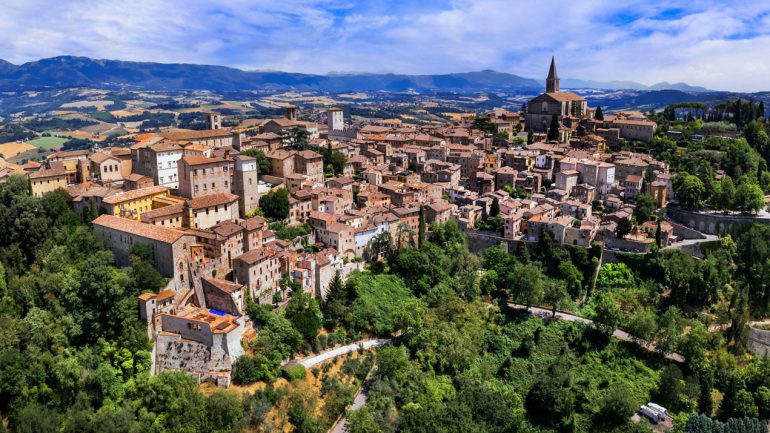
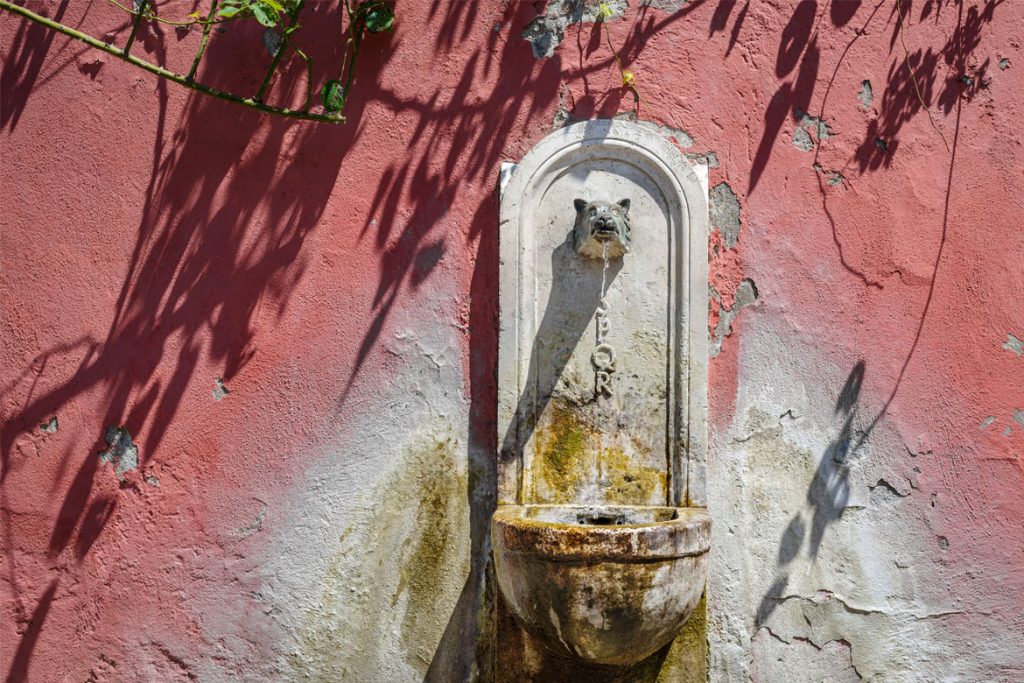
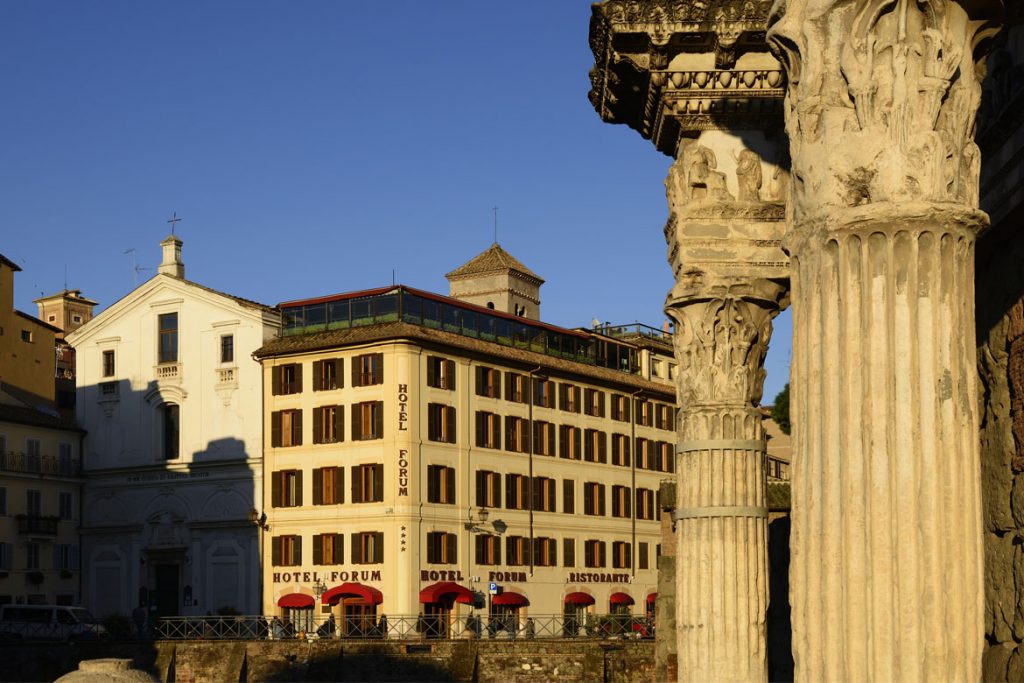
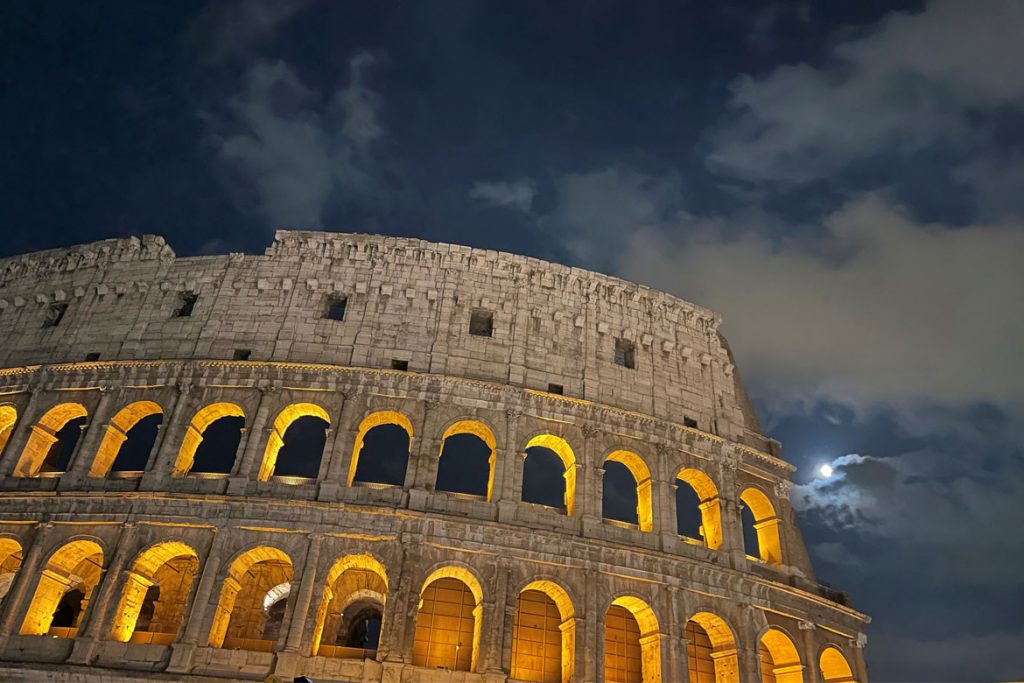
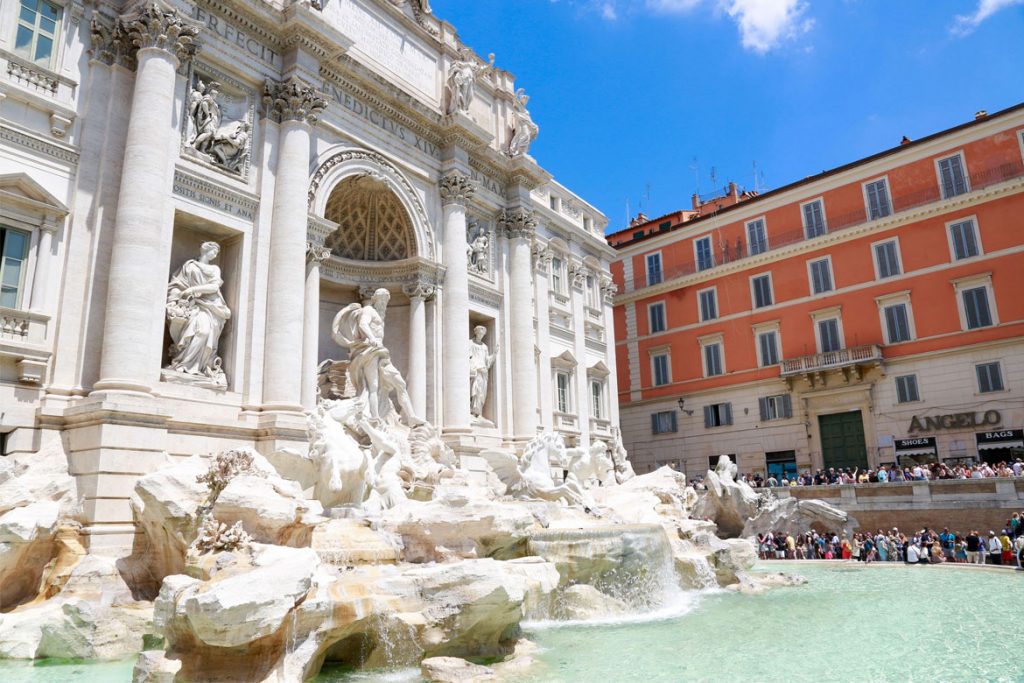


Leave a Reply